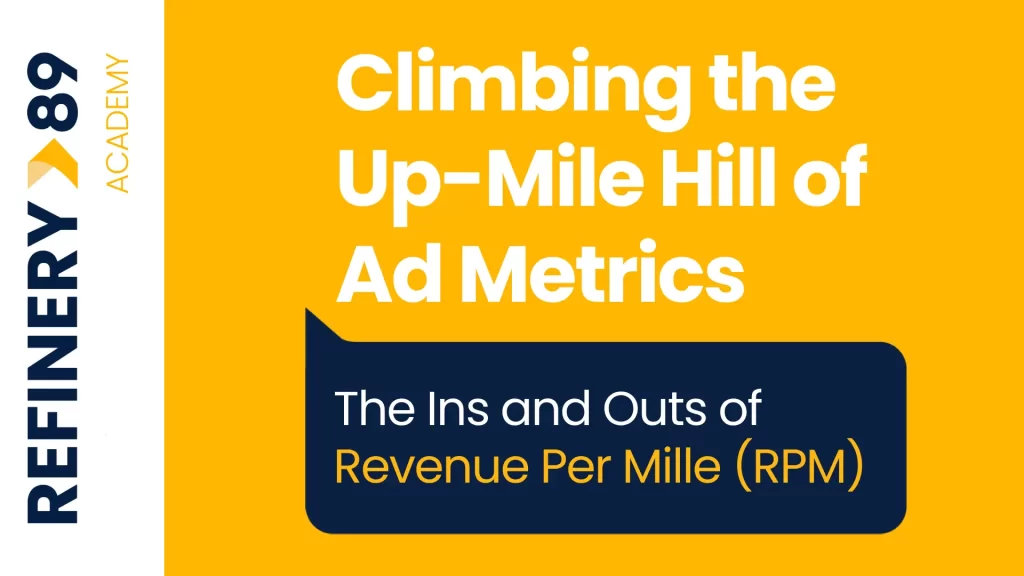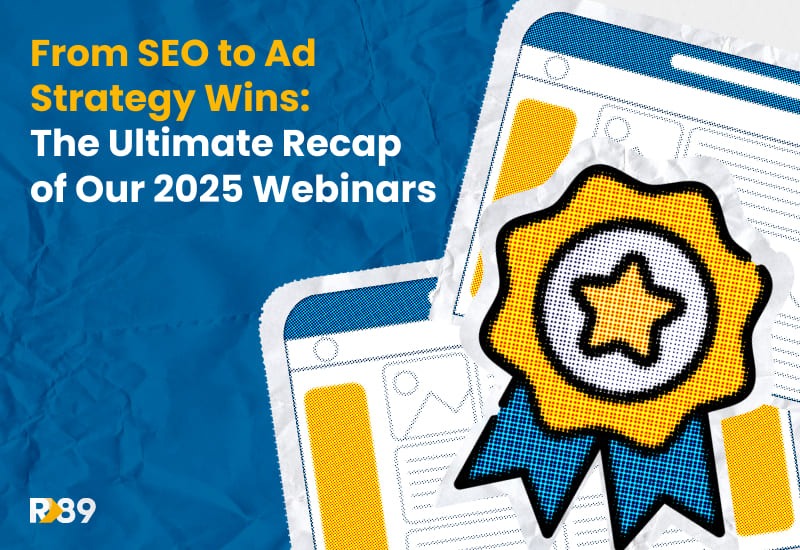RPM. What comes to mind when you hear this abbreviation? A fancy dish in a Michelin French restaurant? A speedometer on a sports car? Nope and nope. RPM is Revenue Per Mille (thousand). It calculates the estimated earnings of a webpage for every 1000 views it receives. Check out this simple math break:
RPM (Revenue Per Thousand Page Views) = (Total Revenue ÷ Total Page Views) x 1,000
Need more details? Here you go
Why is Revenue Per Mille the keyword in Programmatic Advertising?
Imagine you’re organizing a big reception party (and, of course, it’s a hit). Would you charge an entrance fee based on the number of times the doorbell rang or the number of guests who actually stepped inside? The latter, right? That’s how RPM works in the programmatic environment. It helps publishers get a clearer picture of their revenue against the actual views or interactions, making it an invaluable metric in understanding the amount of euros that pour into your account from your webpage.
Let’s sprinkle in some numbers. If you earn €100 from 50,000 Page Views, your RPM would be €2. Simple, isn’t it? But here’s the catch: a higher RPM doesn’t always mean more revenue.
Let’s take a peek at why a high Revenue Per Mille doesn’t always mean more revenue
On the surface, it seems like the higher this figure, the more money you’re raking in, right? Not quite. Remember that party you were hosting? An empty room doesn’t sound like much fun. So, you invite more people, thinking the more the merrier. But numbers alone don’t guarantee fun if those guests aren’t dancing, talking and enjoying. Similarly, with RPM, if you’re getting a ton of unengaged traffic, that high RPM can be misleading.
Here’s what you should pay attention to:
-
Traffic Quality: If a site is flooded with low-intent visitors, they’re less likely to interact meaningfully with ads. They might inflate your impressions count but won’t grow your conversion.
-
Ad Relevance: Irrelevant ads might increase the count of impressions (hence, inflating RPM) but won’t result in meaningful engagements or conversions.
-
Ad Placement: Ads that are not well placed, even if viewed in high numbers, may not resonate with the audience, leading to a high RPM but not much revenue.
High RPM sounds great, but unless it’s backed by engaged, high-intent traffic and well-optimized ads, it might not fill your coffers as expected.
Publishers focal point
While RPM gives a swift picture of how well your content is monetizing, it’s essential not to view it in isolation. Look out for factors like ad placement, page layout, and content quality. These play a pivotal role in determining the user experience, thus affecting the RPM.
Advertisers, too, should keep an eagle’s eye on the quality of impressions. Not all page views are created equal. Work closely with publishers to ensure the ads are positioned optimally and answer people’s needs.
RPM is like the pulse rate for your webpage’s revenue health. While it’s a crucial metric, remember to factor in the bigger picture. Focus on creating high-quality content and an engaging user experience, and the numbers will swell.
Feeling the need for a deeper dive into the RPM metric? Get in touch with our expert team today. Let’s monetize those impressions, one thousand at a time! ?








